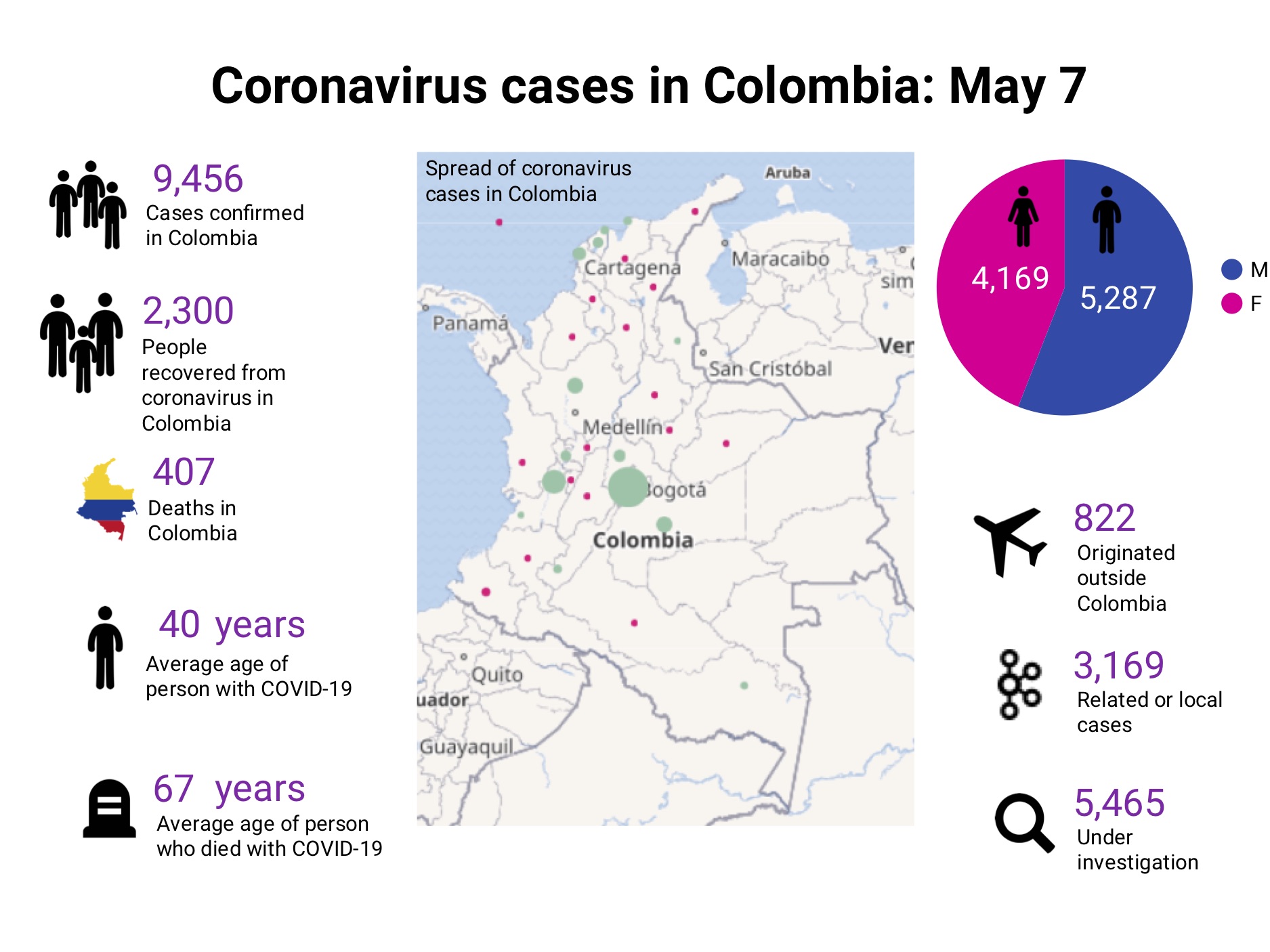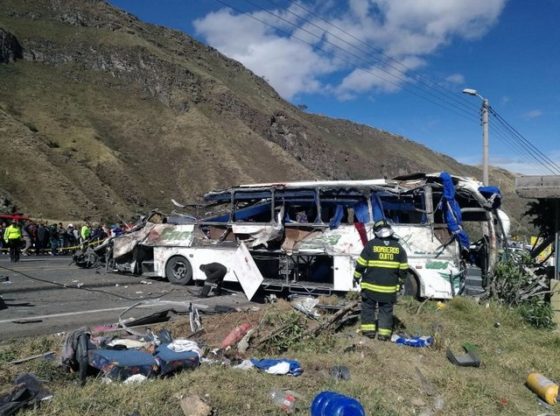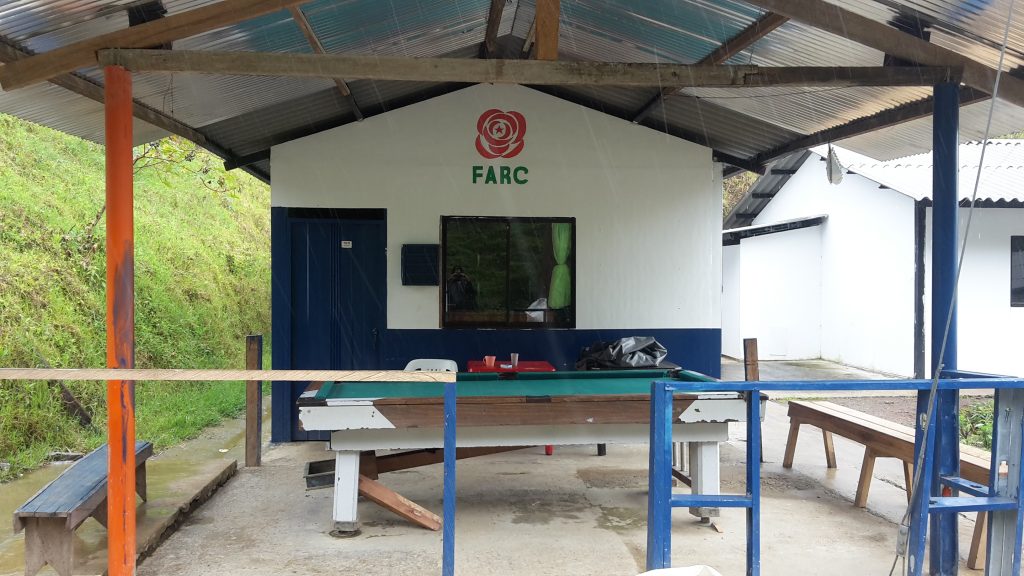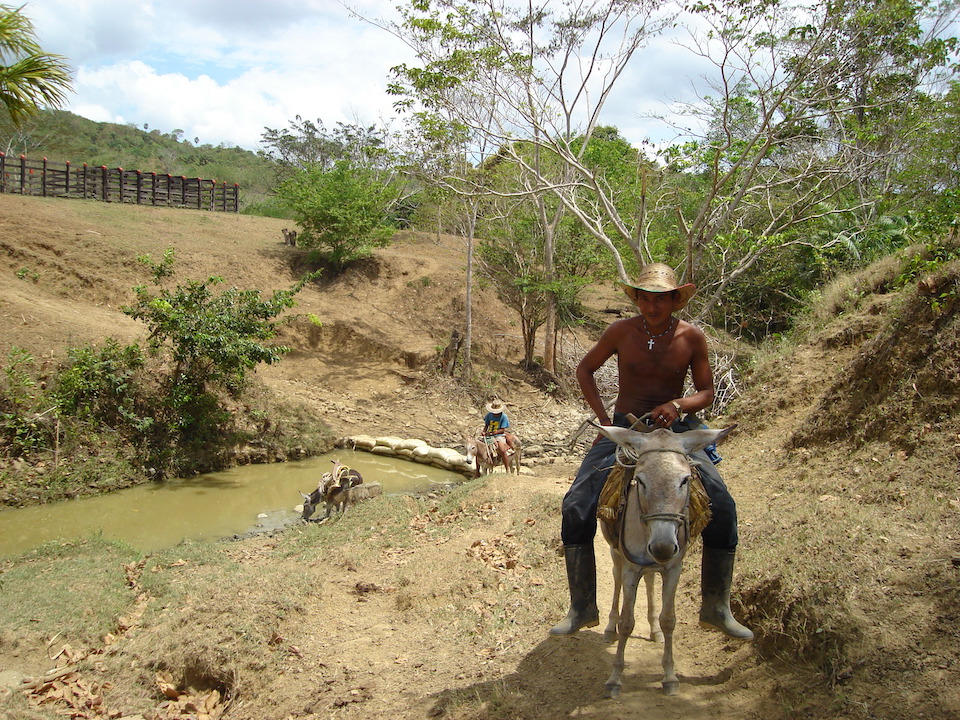
If, as predicted, temperatures in Colombia rise by 2.14°C by the end of the century, it’s those in rural areas who are most likely to be affected by climate change.
Climate change is a challenge in every country – and the past G20 summit shows that even amongst world leaders, there is not a lot of consensus about what to do. And although Colombia generates only a small percentage of total global greenhouse gases, climate change is likely to hit this bio-diverse country hard.
As the UNDP (United Nations Development Programme) put it, “Colombia is at high risk from climate change impacts.”
They point out, “Most of the population lives in the elevated Andes, where water shortages and land instability are already a reality, and on the coast, where the increase in sea level and floods can affect key human settlements and economic activities.”
And worse, it is Colombia’s campesinos, who have already borne the brunt of a long conflict, who are likely to be hit hardest.
According to the ‘Climate Change Vulnerability and Risk Analysis’ released in 2017 by the Hydrology, Meteorology and Environmental Studies Institute (IDEAM), climate change poses some risk for every single Colombian municipality with about 10% facing “very-high-climate-change risk”. Overall, the most significant consequences are likely to be food security (34.6 %), human habitat (26.2 %), and infrastructure (17.9 %).
Between 1998 and 2011, 90% of the reported emergencies nationwide were related to climate.
Temperature in Colombia is expected to increase by 2.14°C by the end of the century according to the IDEAM. The Amazon and Caribbean regions can expect 10-30% less rainfall, while the Andean region can expect 10-30% more. That is going to mean sea levels rise and glaciers and nevados thaw, while páramos and other fresh water sources dwindle. We can expect desertification, droughts, landslides and flooding – all of which will cause damage to infrastructure and a loss of agricultural productivity. These are potentially huge problems for an emerging country struggling to manage development in a fragile post-conflict environment.
That’s why climate change was one of the priorities that the Colombian Agriculture Society said that the newly elected government must incorporate in its agrarian policy. The organisation’s president Jorge Enrique Bedoya told Radio Colombia last year that the new minister for agriculture would need to, “work for an inclusive and fair countryside and to tackle climate change.”
He pointed out that the government must cut the poverty index of rural Colombia in half; make Colombia the top in the region for resilient and climate-smart agricultural development; and boost investment to achieve a 5% annual rise in the agriculture sector between 2018 and 2022.
Related: Deforestation: The forest is burning
Rural Colombia has always been affected by extreme weather events, but if conflict ceases to be the most prominent issue, the impact of climate change becomes harder to ignore. Colombia, as a member of the United Nations Framework Convention on Climate Change (UNFCCC), has made significant achievements on climate change research, providing the National Environmental System (SINA by its Spanish acronym) with several strategies to predict and mitigate the risks, organising land use along more sustainable guidelines.
SINA gives the country quite a robust environmental system, and it has produced a large raft of policies, plans and laws. These aim to not only protect the environment but to reduce the production of greenhouse gases and help territories adapt to extreme weather events. To pursue these objectives, the government released the National Climate Change Policy (PNCC, 2017), whose main aim is to incorporate Climate Change management into public and private sector decisions.
However, while the policy looks good on paper, the adaptation and mitigation strategies are lacking in implementation. The territorial plans only cover half of the country at a regional scale. Moreover, they haven’t reached the local, municipal level, where the activities actually need to be implemented. Those strategies should also be integrated into the Land Use Planning (POT), which is the instrument that guides and prioritises investment at a municipal level.
In 2011, Colombia was the third most affected country in the world by climate change. 2011’s La Niña phenomenon cost COP$11.2 billion (2.2% of the GDP)
One complication is that in February 2018, Vice Minister of Housing at the time, Mauricio Rosero said that 83% of the Land Use Plans were out of date. He argued that the responsibility for development lies with governors, mayors, and territorial institutions, reiterating that the POTs are the most important mechanism to achieve local development.
Environmental issues have been high on the agenda in talks with European countries such as France, Germany and the UK.
Colombian President, Iván Duque does believe in the existence of climate change and understands why it matters for Colombia. In fact, when Duque visited London this year, Colombia and the UK signed a £8.5 million agreement in which both nations pledge to accelerate the reduction in greenhouse gas emissions, to protect Colombia’s unique ecosystems and to fight climate change.
Related: Fracking in Colombia: Who is fracking now?
Committing to plant 180 million trees by 2022, Duque told the Annual Meeting of the Tropical Forest Alliance which took place in May that “this is a unique opportunity for Colombia to say ‘stop’ […] and to commit to protecting our ecosystem.” It’s also a crucial opportunity to involve local farmers and indigenous communities who have historically been forgotten by the government.
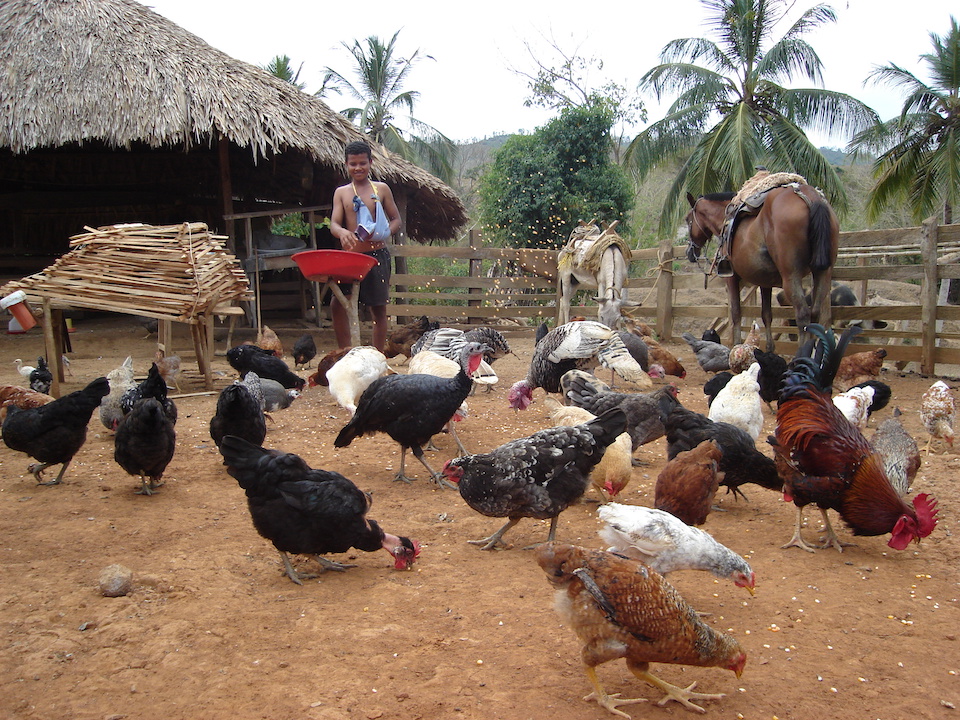
But the talk of renewable energy and reforestation has to also be viewed in the context of possible fracking and increased mining activities. And what appears to be missing so far is a focus on minimising the impact that climate change will have on the most vulnerable inhabitants.
What is clear is that everybody in society needs to be prepared to face the reality of climate change and adapt the territory in a way that at least mitigates the worst effects, and at best, actually exploits potential benefits from the changing climatic conditions.
What can be done?
There are a number of courses of action that would minimise the effects of climate change. For example, by switching to less intensive farming activities in at-risk areas, or expanding the natural vegetation coverage to stabilise hillsides, would mean less danger of landslides.
Protection of the páramos, as well as forest and water
Food security could be improved by combining modern and traditional agricultural activities, looking at more resistant species and using forest-pasture systems for cattle.
Erik currently works as a GIS expert for the training department in a geographical software company, and has always been passionate about development. Much of the information in the article is taken from his graduate thesis, Climate variability adaptation strategies for the economic sector of Arbeláez, Cundinamarca. You can read his thesis by going to http://hdl.handle.net/11349/7633


